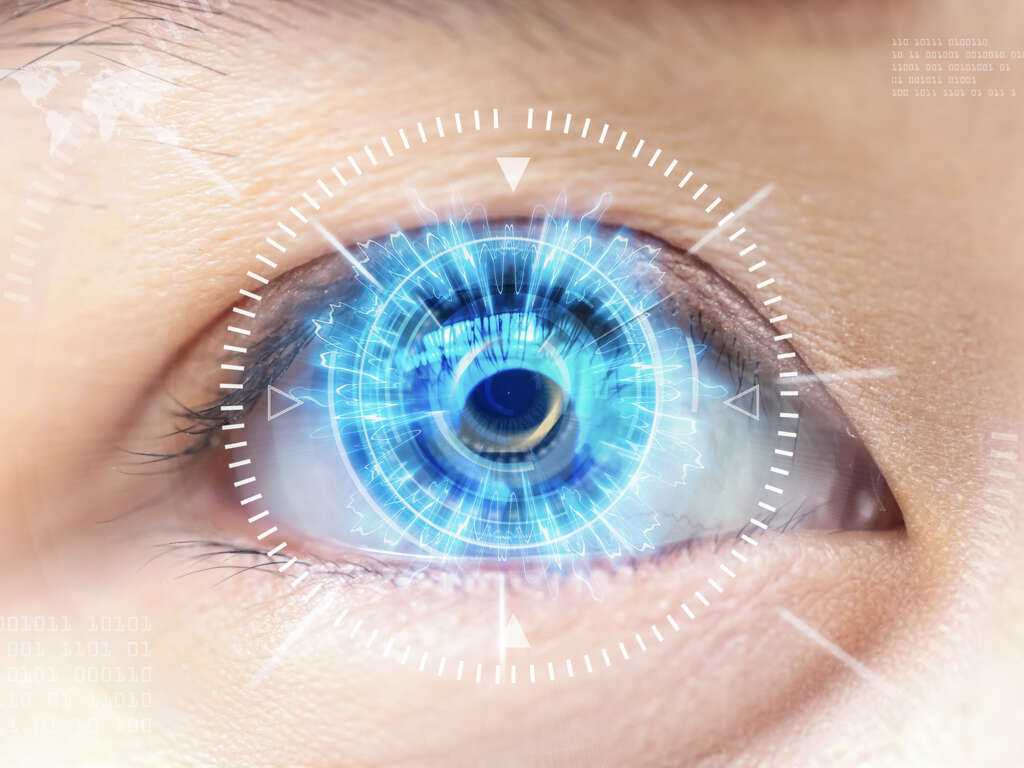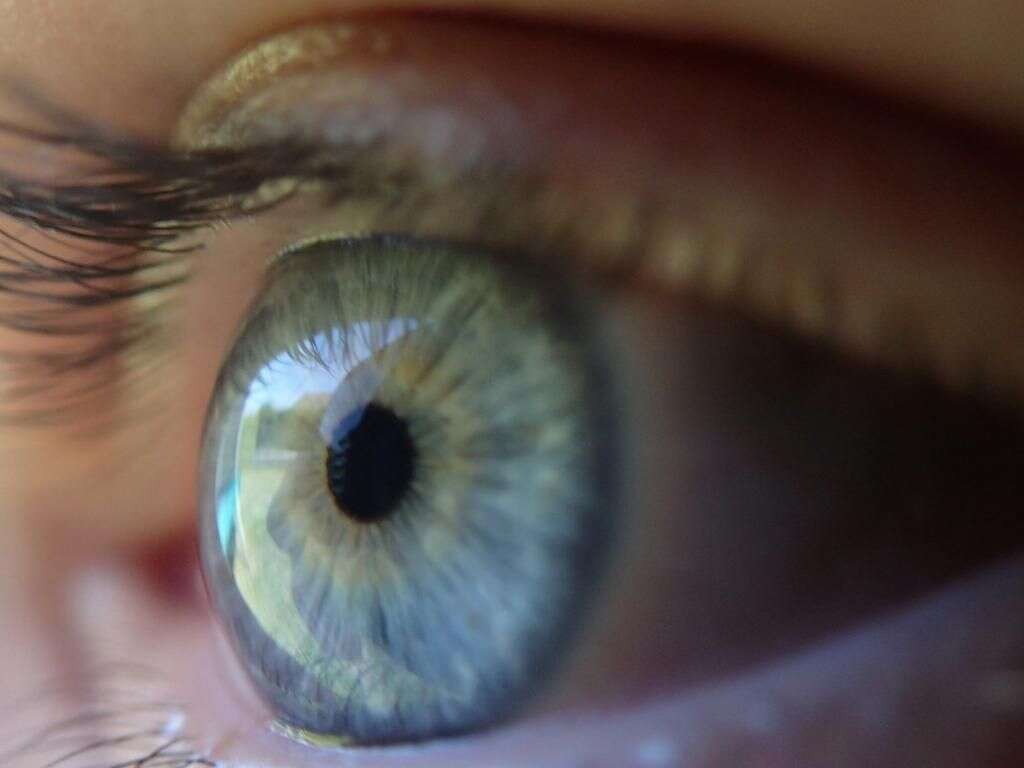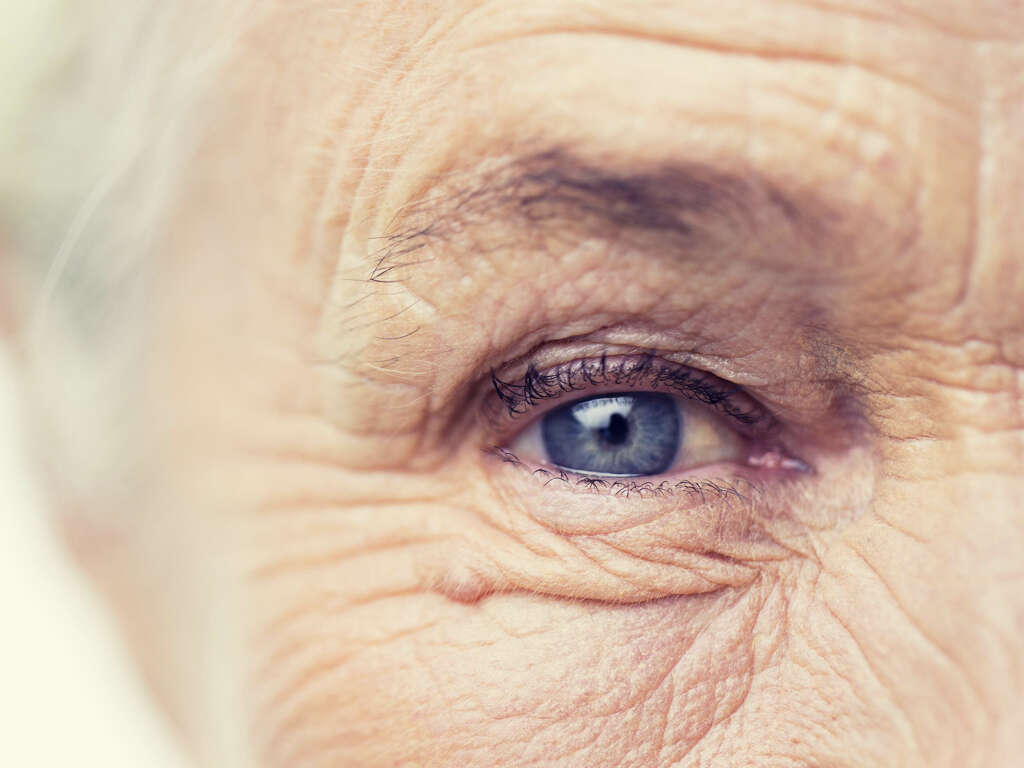10 Glaucoma Symptoms
The term glaucoma refers to a group of eye diseases that lead to the damage of the optic nerve and loss of vision. There are several types of glaucoma – the most common type is known as open-angle glaucoma; the less common types are angle-closure and normal tension glaucoma. Open angle glaucoma develops gradually, and patients are unaware of the condition as there is no pain.
Vision loss that occurs due to glaucoma is permanent. The risk factors for glaucoma includes a positive family history for the disease, increased pressure in the eye, and high blood pressure. Eye pressures that are greater than 21 mmHg have a higher risk of glaucoma. However, there are also patients who have high eye pressure for many years without developing glaucoma. There is also normal tension glaucoma, where damage to the optic nerve occurs despite normal pressure.
The diagnosis of glaucoma is achieved via a dilated eye examination where the optic nerve shows a significant amount of cupping. Early treatment can slow or stop the progression of disease; however, the treatment of angle-closure glaucoma is considered to be a medical emergency. Most glaucoma can also be managed with medication, surgery, or laser treatment. Laser treatments can be effective in both open and closed angle glaucoma.
Globally, approximately 67 million individuals suffer from glaucoma; approximately 2 million of those individuals are in the United States. It is more commonly seen among older people; angle-closure glaucoma is more likely to occur among women. Glaucoma has been called “the silent thief of sight” as the loss of vision occurs gradually over a prolonged duration without the patient being aware. It is also the second leading cause of blindness after cataracts.
Symptom #1: Decrease of Peripheral Vision
Peripheral vision is the part of vision that occurs out the sides of the eyes. Peripheral vision is important in recognizing well-known structures without needing to focus, identification of similar forms and movements, and delivery of sensations that form the background of detailed visual perception.
In glaucoma, the peripheral vision starts to decrease, and this is followed by a loss of central vision, which eventually results in blindness if left untreated. Peripheral vision is divided into far peripheral vision, mid peripheral vision, and near peripheral vision. When one loses peripheral vision and retains central vision, it results in tunnel vision.
Symptom #2: Blindness
Visual impairment or vision loss is the decreased ability to see to the point where it is not fixable by glasses. Visual impairment can lead to difficulties with daily activities such as socializing, driving, reading, and walking.
In glaucoma that is left untreated, peripheral vision is first affected followed by central vision and eventual blindness. Vision loss that occurs due to glaucoma is permanent.

Symptom #3: Nausea
Nausea refers to the unpleasant and uncomfortable sensation of wanting to vomit. While it may not cause pain to the affected individual, it can be a debilitating symptom if prolonged. People who suffer from nausea have described discomfort in the upper abdomen, back of the throat, and chest.
Nausea is one of the body’s natural protective mechanisms to discourage the individual from repeating what is causing the unpleasantness. The memory of nausea can cause repulsion towards whatever was consumed before vomiting, despite it not being the cause of it. It is a non-specific symptom that can be caused by motion sickness, migraine, fainting, dizziness, pregnancy, gastroenteritis, and food poisoning. Nausea is a symptoms of angle-closure glaucoma, which is the more serious type of glaucoma.
Symptom #4: Vomiting
Vomiting is a term that is synonymous to barfing, puking, throwing up, or emesis. It refers to the forceful expulsion of stomach contents through the nose and mouth. It is a non-specific condition that can be caused by various conditions such as gastritis, food poisoning, pregnancy, brain tumors, increased intracranial pressure, severe pain, and more, including pain from glaucoma.
The feeling one has before vomiting is known as nausea, which can precede but may not always lead to vomiting. Vomiting can be managed using anti-nausea drugs such as metoclopramide and ondansetron.

Symptom #5: Halos
Light is important for vision as it bounces off objects (reflection) and enters the eyes, which allows an image to be projected to your brain for interpretation into the sense of sight. However, lights can sometimes cause issues such as halos or glare.
In glaucoma, the distension of the eyeball causes the refraction of light to be abnormal leading to halos, which are bright circles that you can sometimes see around things. Halos usually surround a light source such as headlights or street lights. Halos can be uncomfortable, causing patients to squint and look away. Halos often occur when you are in a dark or dim place. They can be caused by glaucoma, cataracts, nearsightedness, farsightedness, astigmatism, and more.
Symptom #6: Glare
Just like halos, glare occurs when there is a light source that enters an eye in a particular way, interfering with vision. It can cause discomfort, leading people to squint to decrease the amount of light that enters the eye. Glare can also hurt the acuity of vision as light scatters inside the eye and images become blurry.
Glares can often be worse in dim environments, although they occur more commonly in the daytime. Glares can also be the result of glaucoma, cataracts, farsightedness, astigmatism, and nearsightedness.

Symptom #7: Blurry Vision
Blurry vision is a common ocular symptom that can be caused by the use of atropine, cataracts, glaucoma, presbyopia, diabetes, macular degeneration, eye infection, retinal detachment, and more.
In glaucoma, the increased pressure in the eye also causes poor night vision, loss of vision, and blind spots. In sudden cases, blurry vision should be treated as a medical emergency.
Symptom #8: Severe Eye and Head Pain
Severe pain in the eye or extreme headaches can be caused by acute angle closure glaucoma. The pain can be so severe that it leads to nausea and vomiting. In acute angle closure glaucoma, the pressure in the eye rises rapidly resulting in pain and a cloudy cornea. This is also when individuals notice a decrease in their vision.
When this occurs, people should seek medical treatment immediately as it is an emergency. Immediate treatment is required to prevent permanent damage and blindness. It can be treated through medications and performing a laser iridotomy to relieve the pressure.

Symptom #9: Eye Redness
Patients with glaucoma can have red eyes caused by the whites of the eyes becoming significantly discolored. This is usually only seen in acute glaucoma which typically affects one eye.
Since the redness is only seen in one eye, it can be distinguished from joint eye redness caused by fatigue, substance abuse, and other causes. The eyelid also reddens and becomes swollen.
Symptom #10: Mid-Dilated Nonreactive Pupil
The pupils of the eyes are usually reactive to light. In normal situations, the pupil widens in dark or dim places to increase the amount of light that enters the eyes, which allows the individual to see better. In a bright environment, the pupil constricts, decreasing the amount of light that enters the eye to protect the eye from damage.
In person’s with glaucoma, they often have a mid-dilated and nonreactive pupil. This means that the pupil is dilated halfway and is nonreactive to light.









